References:
1. Schatz T. Heifer management in northern beef herds. 2nd Edition 2012. Meat and Livestock Australia.
2. Hamlyn-Hill F & Fordyce G. Heifer Management. Future Beef, 2012. Available from futurebeef.com.au/topics/breeding-and-genetics/heifer-andbreeder-management/. Accessed October 2013.
3. McConochie J. Selecting and managing beef heifers. New South Wales, Department of Primary Industries, 2007. Primefact #626.
4. Barber S. Successfully joining cattle. Published in Weekly Times 2011. Available from http://www.weeklytimesnow.com.au/ Accessed October 2013.
5. More Beef from Pastures. Procedure 1: Maximise the number of live calves per female. 2013. Meat and Livestock Australia.
6. More Beef from Pastures. Minimum liveweights of weaner heifers. 2013. Meat and Livestock Australia.
7. Reproductive diseases. 2012. Meat and Livestock Australia.
8. More Beef from Pastures. Choose the appropriate management practice, corrective treatment or a combination to prevent common diseases or disorders. 2013. Meat and Livestock Australia
EBV – Estimated breeding value – an estimate of an animal’s value as a parent for a particular production trait such as growth rate.
9. Pitchford W. Selection and Management of the Maiden Heifer. 2012. Cooperative Research Council for Beef Genetic Technologies.
10. Shaw S-E. Heifer days a hit. 2009. Department of Agriculture and Food.
11. More Beef from Pastures. Module 6: Weaner throughput. 2013. Meat and Livestock Australia.






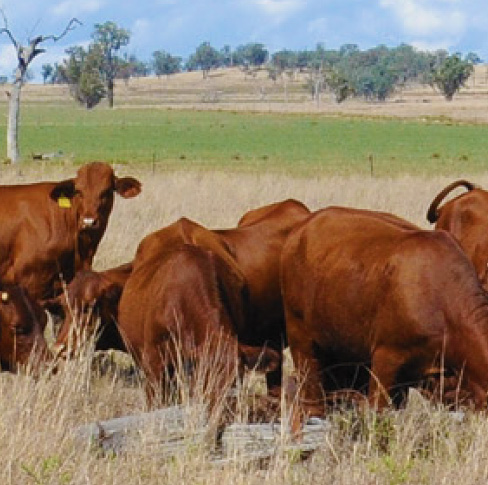
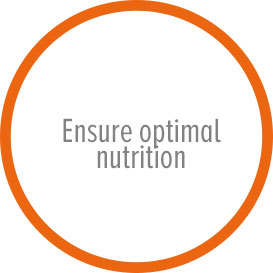
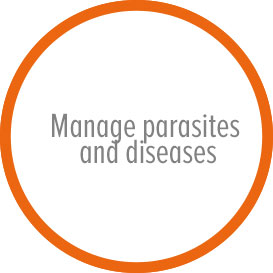
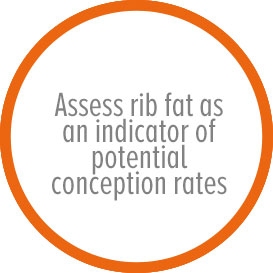
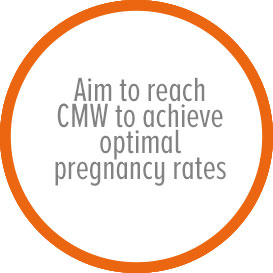
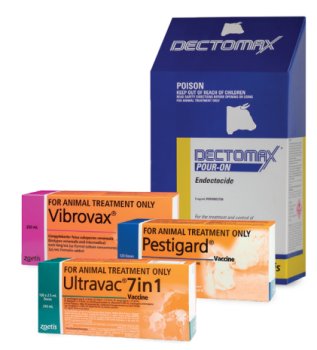

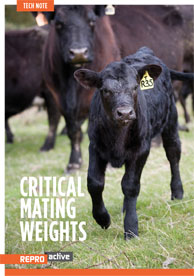

 A Better Way To Buy
A Better Way To Buy